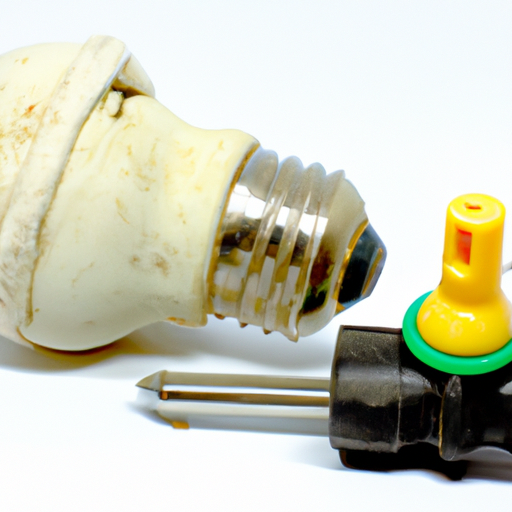
Title: Understanding Electric Shock and the Role of Insulation in Preventing Accidents

Understanding Electric Shock (200 words) Electric shock occurs when a person comes into contact with an electrical current. The severity of the shock depends on various factors, including the voltage, current strength, duration of exposure, and the path the current takes through the body. Even low-voltage shocks can be dangerous, as they can disrupt the normal functioning of the body's electrical system, leading to muscle contractions, burns, and even cardiac arrest.
The human body is a conductor of electricity, meaning it allows the flow of electrical current. When a person touches an energized object, such as a live wire, the current seeks the path of least resistance to reach the ground. If the body provides a better path than the surrounding environment, the current will flow through it, resulting in an electric shock.
Role of Insulation in Preventing Electric Shock (300 words) Insulation is a crucial component in electrical systems, designed to prevent the flow of electrical current to unintended paths. It acts as a barrier between the conductive parts of an electrical system and the external environment or human contact. Insulation materials are chosen based on their ability to resist the flow of electricity and withstand the operating conditions of the electrical system.
Insulation materials commonly used in electrical systems include rubber, plastic, glass, and ceramic. These materials have high resistivity, meaning they do not easily allow the flow of electrical current. By enclosing conductive parts, such as wires and cables, in insulating materials, the risk of electric shock is significantly reduced.
Insulation materials are carefully selected based on the voltage levels and environmental conditions of the electrical system. For example, high-voltage power lines require insulation materials with exceptional dielectric strength to withstand the high voltages involved. Similarly, electrical devices used in wet or humid environments require insulation materials that are resistant to moisture and corrosion.
Insulation in Electrical Wiring (400 words) One of the most critical areas where insulation plays a vital role in preventing electric shock is electrical wiring. Electrical wires carry electrical current from the power source to various devices and appliances. Without proper insulation, these wires can become hazardous, potentially causing electric shock or even fires.
In residential and commercial buildings, electrical wires are typically insulated with a plastic or rubber sheath. This insulation prevents accidental contact with the live wires, reducing the risk of electric shock. Additionally, the insulation protects the wires from damage due to environmental factors, such as moisture, heat, or physical impact.
It is essential to ensure that electrical wiring is installed correctly and that the insulation remains intact. Damaged or deteriorated insulation can expose live wires, increasing the risk of electric shock. Regular inspections and maintenance of electrical systems are crucial to identify and rectify any insulation issues promptly.
Insulation in Electrical Appliances (400 words) Electrical appliances, such as refrigerators, televisions, and computers, also rely on insulation to prevent electric shock. These appliances contain various electrical components, including wires, circuit boards, and transformers, which must be adequately insulated to ensure user safety.
Insulation in electrical appliances serves multiple purposes. Firstly, it prevents accidental contact with live components, reducing the risk of electric shock. Secondly, it protects the internal electrical components from external factors, such as moisture, dust, and physical damage. Lastly, insulation helps maintain the efficiency and performance of the appliance by preventing electrical leakage and short circuits.
Manufacturers of electrical appliances must adhere to strict safety standards and regulations to ensure proper insulation. These standards specify the type and thickness of insulation materials required, as well as the testing procedures to ensure compliance. Consumers should always purchase appliances from reputable manufacturers and look for safety certifications to ensure the highest level of insulation quality.
Conclusion (100 words) Electric shock is a serious hazard associated with electrical systems, but it can be prevented through proper insulation. Insulation materials act as a protective barrier, preventing the flow of electrical current to unintended paths and reducing the risk of electric shock. Whether in electrical wiring or appliances, insulation plays a crucial role in ensuring user safety and preventing accidents. By understanding the importance of insulation and regularly maintaining electrical systems, we can minimize the risk of electric shock and enjoy the benefits of electricity safely.



